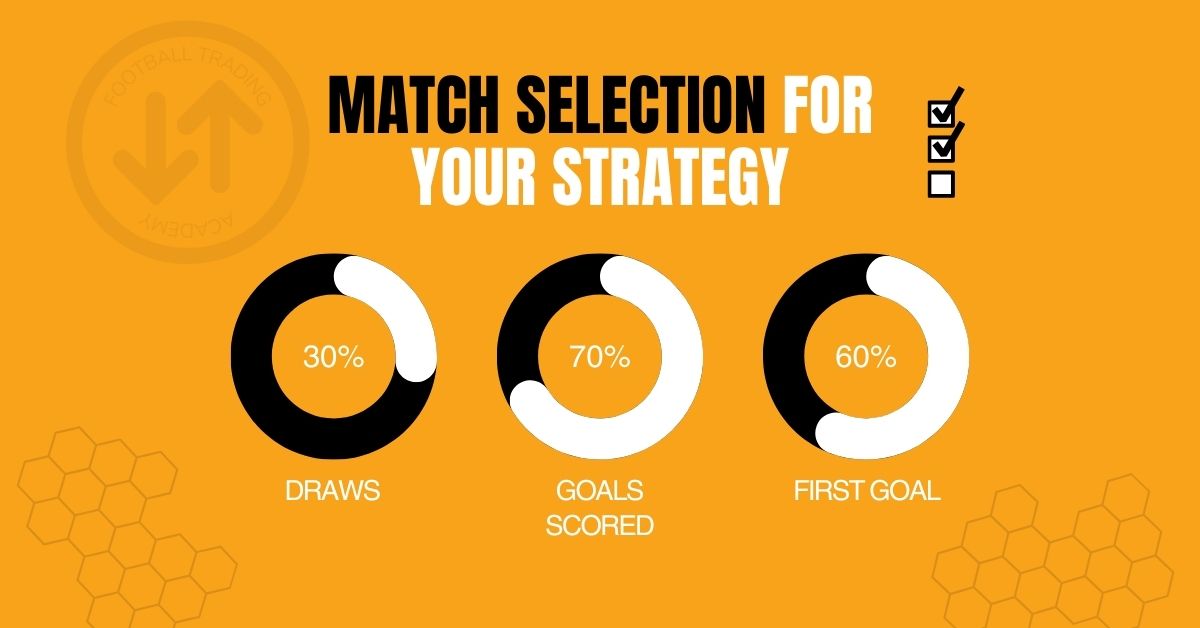Match Selection: Are You Falling for Common Misconceptions?
I remember the excitement I felt after purchasing a new betting strategy that promised consistent profits through meticulous match selection. The guidelines were clear: choose matches with less than 30% draw rate, teams averaging over 70 goals per season, and other specific statistics. Eagerly, I applied these criteria, confident that success was just around the corner. However, the results were disappointing—my bets yielded no significant returns. It was a frustrating realization that the method I trusted was fundamentally flawed.
The Pitfall of Relying Solely on Historical Data
Many betting and trading strategies emphasize the importance of historical data in match selection. The assumption is that past performance indicators, such as low draw percentages or high goal averages, are reliable predictors of future outcomes. However, this approach overlooks the dynamic and unpredictable nature of sports. Teams evolve, player forms fluctuate, and countless variables influence each match. Relying exclusively on historical data can lead to misguided decisions and unmet expectations. Check this article to see why we consider football statistics are expired.
Understanding the Role of Odds in Reflecting Statistics
It’s crucial to recognize that bookmakers incorporate extensive statistical analyses into setting their odds. Factors like team performance, scoring rates, and defensive records are already factored into the odds presented. Therefore, when you identify a match that perfectly fits the “ideal” statistical profile for a strategy like Lay the Draw (LTD), the odds have likely adjusted to reflect this, diminishing the potential value. In essence, you’re not uncovering hidden gems but rather aligning with the market consensus, where little to no advantage exists.
As highlighted by Jackpotfinder, “Whether you’re investing in a business or a sport, you must know that past results and performance is no indicator of future performance.“
The Commercialization of Match Selection Criteria
The widespread promotion of specific match selection criteria in sports betting can often be traced back to commercial interests within the betting industry. Two primary motivations drive this emphasis:
Justifying Strategy Purchases:
Sellers of betting strategies frequently highlight the necessity of adhering to particular match selection parameters to achieve success. This approach serves a dual purpose. Firstly, it positions their strategy as a meticulously crafted system, instilling confidence in potential buyers about its effectiveness. Secondly, if users experience losses, the onus can be shifted onto them for not selecting the ‘correct’ matches, rather than questioning the validity of the strategy itself. This tactic effectively absolves the strategy from blame and places responsibility on the user.
Promoting Subscription-Based Tools:
In parallel, many platforms offer advanced statistical tools and databases designed to aid bettors in match selection. By underscoring the importance of specific selection criteria, these platforms create a perceived need for their tools, which are often locked behind paywalls or subscription models. Bettors are led to believe that access to these premium tools is essential for making informed decisions, thereby driving subscriptions and generating revenue for the platform.
It’s crucial for bettors to recognize these commercial motivations and approach such offerings with a critical mindset. While tools and strategies can provide valuable insights, an overreliance on prescribed selection criteria, especially those heavily marketed, may not necessarily lead to the anticipated success. Developing a personalized approach, grounded in comprehensive research and an understanding of the sport, often yields more sustainable results.
Shifting Focus: Embracing Market Dynamics and Value Betting
Consider the traditional LTD strategy, where the goal is to lay the draw in matches expected to have decisive outcomes. Instead of targeting games with high draw odds (e.g., 6.0) based on past goal statistics, explore opportunities in matches with lower draw odds (e.g., 2.90), such as those commonly found in Italy’s Serie B. In these scenarios, a single goal can significantly impact the market, allowing for profitable trading opportunities. By focusing on market movements and the timing of goals, rather than solely on historical draw percentages, you position yourself to capitalize on real-time developments.
Conclusion: Adopting a Holistic Approach to Match Selection
The journey from frustration to informed betting taught me that successful match selection isn’t about adhering to static statistical criteria. It’s about understanding the fluid nature of sports, recognizing how odds encapsulate available data, and identifying where your insights diverge from the market. By adopting a holistic approach that balances statistical awareness with real-time analysis and value assessment, you can make more strategic decisions and improve your betting outcomes.
For a more comprehensive exploration of the LTD strategy and advanced betting techniques, consider downloading our free Lay The Draw ebook, where we delve deeper into these concepts and provide practical guidance for bettors at all levels.
PS: We hope that you already have the LTD ebook and you found valuable insights there.





